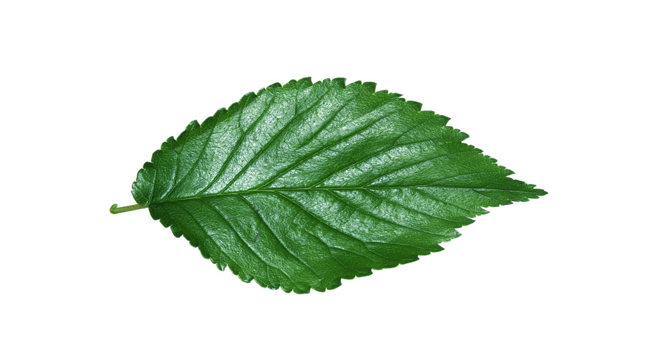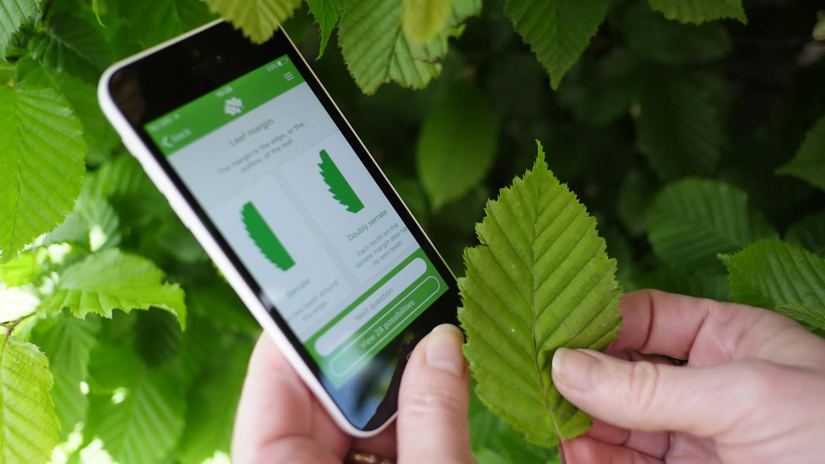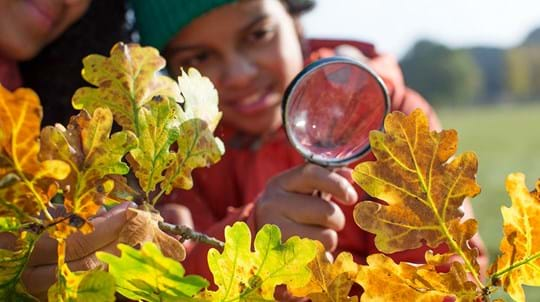
Credit: Nature Photographers Ltd / WTML
Leaves
Glossy, flat and smooth but leathery to the touch, and double toothed, 6–15cm in length. They have a characteristic asymmetrical base and taper to a sudden point at the top.
A phoenix from the ashes, the field elm has been able to recover from the decimation of Dutch elm disease thanks to its ability to grow easily. However, it’s still under threat, along with the wildlife that relies on it.
Common names: field elm, smooth-leaved elm
Scientific name: Ulmus minor
Family: Ulmaceae
Origin: native
Mature trees grow to 30m. The bark is grey-brown, often with crossing ridges. The twigs are brown and occasionally have corky 'wings' or ridges. Field elm is a highly variable species and a number of distinct forms are known, English elm being one of them.
Look out for: the distinctly asymmetric leaf bases which all elms have. Leaves are smooth on their top surface.
Identified in winter by: its grey-brown bark with crossing ridges.

Credit: Nature Photographers Ltd / WTML
Glossy, flat and smooth but leathery to the touch, and double toothed, 6–15cm in length. They have a characteristic asymmetrical base and taper to a sudden point at the top.

Credit: Zoonar GmbH / Alamy Stock Photo
Elms are hermaphrodites, meaning that both male and female reproductive parts are contained within the same flower. Flowers, which appear in February and March, are dark pink to red and hang in tassels.

Credit: Emil Enchev / Alamy Stock Photo
Once pollinated by wind, the flowers develop into tiny winged fruits, known as samaras. These are dispersed by wind.

Download our free Tree ID app for Android and iPhone to identify the UK's native and non-native trees. It's an A-Z tree guide in your pocket.
Download the appThe field elm is native to much of Europe but only southern England within the UK. It is somewhat resistant to Dutch elm disease which means that many specimens still exist in England, most notably in East Anglia and the far south.
Many birds eat elm seeds and the leaves provide food for the caterpillars of many moths, including the peppered, light emerald and white-spotted pinion moths. Caterpillars of the white-letter hairstreak butterfly feed on elms and the species has declined dramatically since Dutch elm disease arrived in the UK.
Elms used to be associated with melancholy and death, perhaps because the trees can drop dead branches without warning. Elm wood was also the preferred choice for coffins.
Elm wood is strong and durable with a tight-twisted grain, and is resistant to water. It has been used in wood turning, and to make boats and boat parts, furniture, wheel hubs, wooden water pipes, floorboards and coffins.
Before metal was widely available, many English towns had elm water mains, including Bristol, Reading, Exeter, Southampton, Hull and Liverpool.
Field elm is susceptible to Dutch elm disease, a fungal disease which devastated populations of elms when it arrived in the UK in the 1960s. However, because it is better at reproducing from seed than other elm species, some of its saplings are showing signs of resistance to the disease.
This means that it is still under threat from the disease, and can be killed if it is infected. The level of resistance of Ulmus minor to Dutch elm disease varies depending on the strain of the disease and the environmental conditions.
In some cases, Ulmus minor trees have been able to survive for many years after being infected with the disease. However, in other cases, trees have died within a few years of infection.
Elms can also be affected by galls from aphids, which migrate from fruit-cultivated trees.

Take part in our Nature's Calendar survey
Tell us what's happening to the trees around you and help scientists track the effects of climate change on wildlife.
External link

Shop
We have single trees and tree packs to meet your needs, from wildlife to woodfuel. Delivery is free.
External link